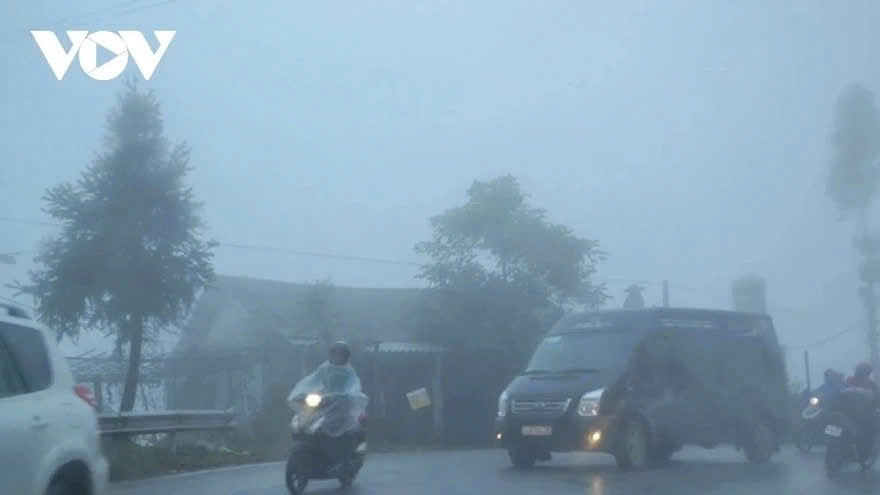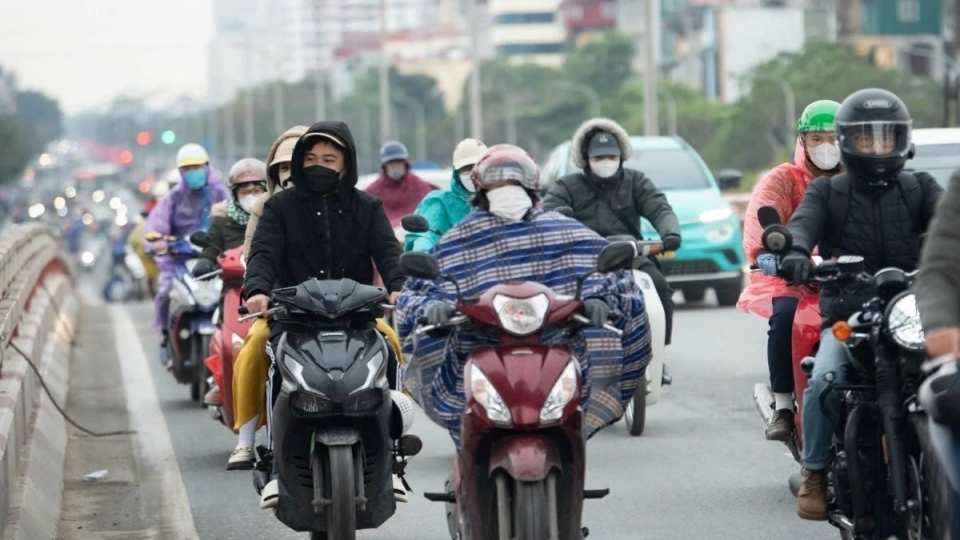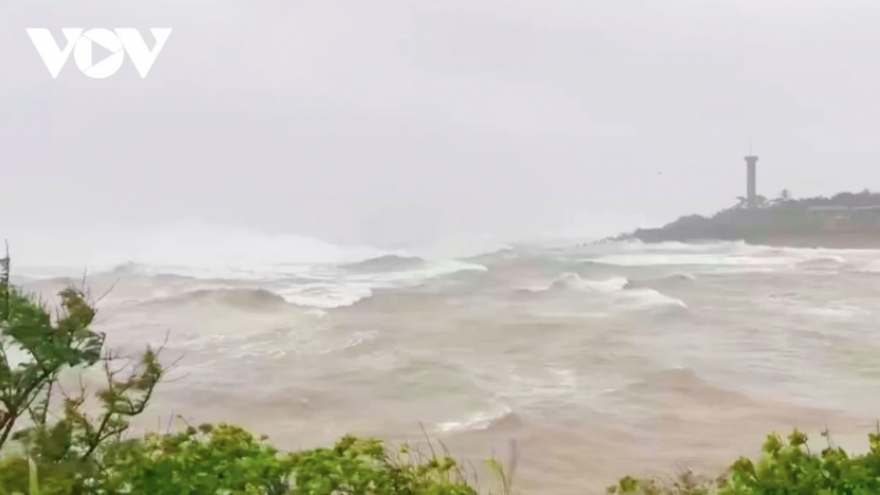Severe cold grips Northern Vietnam, heavy rains continue in central region
VOV.VN - A strong cold spell has swept across most northern provinces, causing a sharp drop in temperatures, while persistent heavy rains continue to batter the central region, raising the risk of widespread flooding.

According to the National Centre for Hydro-Meteorological Forecasting, the cold air mass has already affected the whole of Northern Vietnam, the North-central Coast, and parts of the central region.
On November 19, the cold air is expected to expand further south, influencing the remaining provinces of the central region and reaching the South-central coastal areas. On land, the northeasterly winds are blowing at 12-38km/h, increasing to 20-38km/h along coastal areas, with some places reaching 50-61km/h.
Due to the intensified cold air, localities in the Northern region and those in the central region experience early-morning rain, which later decrease. The entire northern region remains cold, with higher mountainous and midland areas experiencing severe cold; some high-elevation locations may see dangerously low temperatures at 5°C.
Parts of the Red River Delta are also recording severe cold. In Quang Tri and Thua Thien–Hue, nighttime and early-morning temperatures are turning chilly.
In Hanoi, November 19 brings rain, with cold conditions and locally severe cold. The lowest temperatures range between 12-14°C. Meteorologists said that this is the coldest day of the current cold spell. From around 8-9 a.m., rain is expected to ease, the weather will turn dry but remain cold, with highs of 16-18°C.
Meanwhile, due to the combined impact of the reinforced cold air and an upper-level easterly disturbance, central provinces from Ha Tinh to Khanh Hoa are enduring widespread heavy rainfall, with totals of 100–200 mm and some areas exceeding 300 mm.
From the night of November 20 to 21, Da Nang, the eastern parts of Quang Ngai to Dak Lak, and Khanh Hoa will continue to see moderate to heavy rain at 40-80 mm, with some locations receiving more than 150 mm.
Meteorological agencies warned of possible thunderstorms with tornadoes, lightning, hail, and strong gusty winds. Prolonged heavy rain may cause flooding in low-lying areas, flashfloods in small rivers and streams, landslides on steep slopes, and urban inundation in cities and industrial zones.
Beyond transport and agricultural disruptions, the sudden severe cold may also affect public health, especially the elderly and young children, and negatively impact livestock and crops due to the sharp drop in temperature.





